The Covid-19 pandemic has undoubtedly changed the way we view hygiene and safety across the board, and this includes the workplace. Many people have been away from the office for almost a year, and it is likely that some will be apprehensive or nervous to return. What people are looking for is reassurance, says Kevin Wither, Head of Landlord at Peldon Rose.
What can we do about fears over cleanliness & hygiene?
Considering a workforce’s varying needs and concerns, particularly around sanitisation, cleanliness and even commuting, there are several measures that both landlords and employers can take to mitigate the concerns of staff and visitors.
What do landlords need to do?
When it comes to reinvigorating the appeal of commercial offices, making technological adaptations is one way to increase the hygiene and safety elements of spaces. By installing hands-free technology, such as contactless temperature monitors, automatic soap and hand sanitiser dispensers and automatic doors, landlords can enhance the hygiene standards within their property, whilst eliminating the potential spread of bacteria – providing future tenants with peace of mind.
Improvements in ventilation are also a big focus at the moment, particularly in more historical buildings, which may only rely on open windows, rather than a constant flow of fresh air, through a filtered air conditioning system.
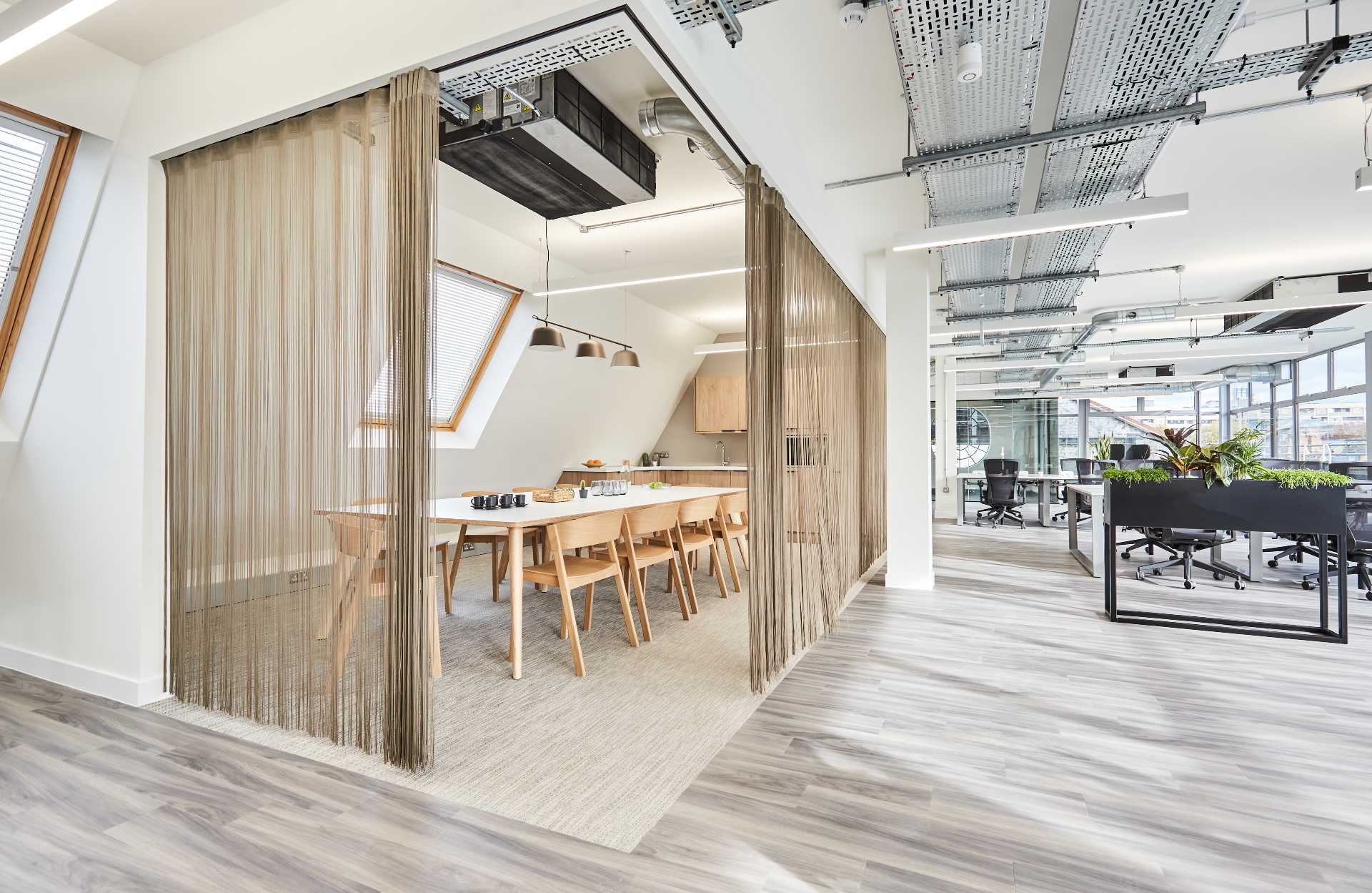
What do employers themselves need to do?
For employers, implementing practical measures such as a touch-screen entry system and swipe card entry throughout the building will help to maintain social distancing measures. This will also ensure business managers can track and monitor how many people are in the workplace – and even certain zones within that space. This means if someone feels unwell, anyone that has come into contact with them can be notified easily and the appropriate measures be taken.
If possible, setting up a one-way system will help to avoid congested corridors, and regularly placed sanitiser stations will help to reassure staff. This will also help to cut down on those impromptu meets on the stairs or in the lift. Our teams used to crave this social interaction, but after months of isolation, it could now be a moment of concern for some. Overall, employers should be aware of the mental health aspects of lockdown and how there will need to be an adjustment period for teams returning to a busy office – so keeping morale high should be top of the list!
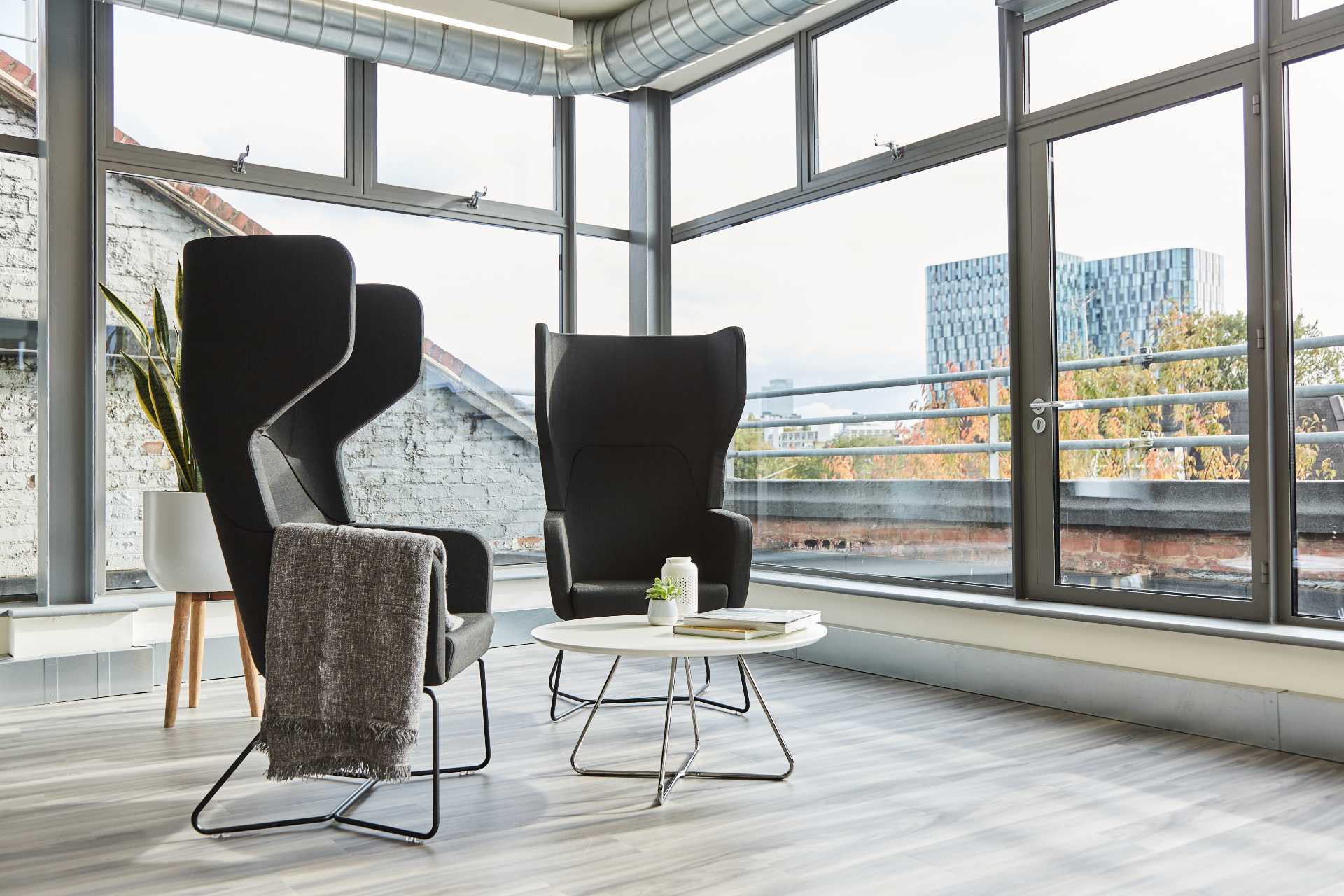
Will we ever want to sit in a crowded, warm meeting room again?
There is no doubt that we will end up sitting in those crowded meeting rooms again, and come to appreciate the value that collaboration brings. I am hesitant to use the phrase ‘back to normal’; I think we will have a ‘new normal’.
All things considered, the pandemic may have caused people to err on the side of caution when it comes to returning to busy public spaces, but it has not decreased the appetite of many for a return to the workplace. As a result, it is unlikely that hygiene concerns will keep large numbers away from the office permanently – especially once the robust vaccine programme has been rolled out.
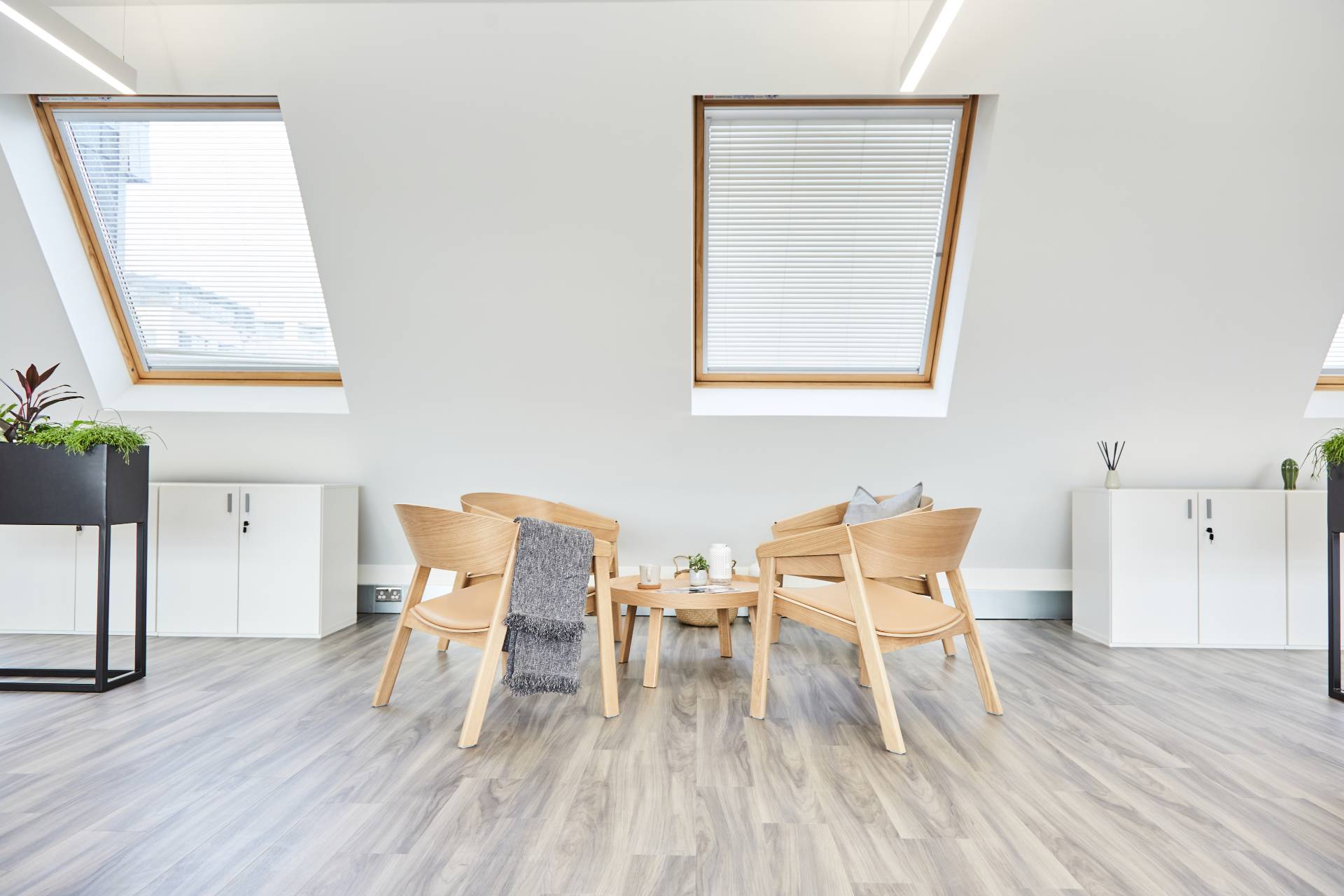
Hot-desking: Are we just going to end up being a nation of nomads?
Office densities are likely to have changed for the foreseeable future.
Recent data from our Peldon Rose Office of the Future report has shown that following the Covid-19 pandemic, only 6% of respondents would choose to hot-desk in the workplace.
I think we will see businesses want to get back together, but the reality of people’s circumstances will mean that office densities are likely to have changed for the foreseeable future. The data also suggests that many employees want their own private space, which offers a quieter section away from noise, with almost half (48%) of respondents craving this when they return to the office.
Business owners will also want their spaces to work harder and may even take smaller spaces than they did previously. Fixed stations rather than hot-desking make this a reality, as people become ‘owners’ of a space, and we will inevitably see a reduction in an abundance of those more social and collaborative spaces within offices. This change may not be permanent, but we could certainly see an upward trend as the workforce returns. This return to a fixed desk space will also make it easier for businesses to keep tabs on exactly how much square footage they need.
As it stands, then, early data suggests the pandemic seems to have shifted workers’ preferences from a close-knit but nomadic working style, to a more rigid approach whereby fixed spaces guarantee hygiene.
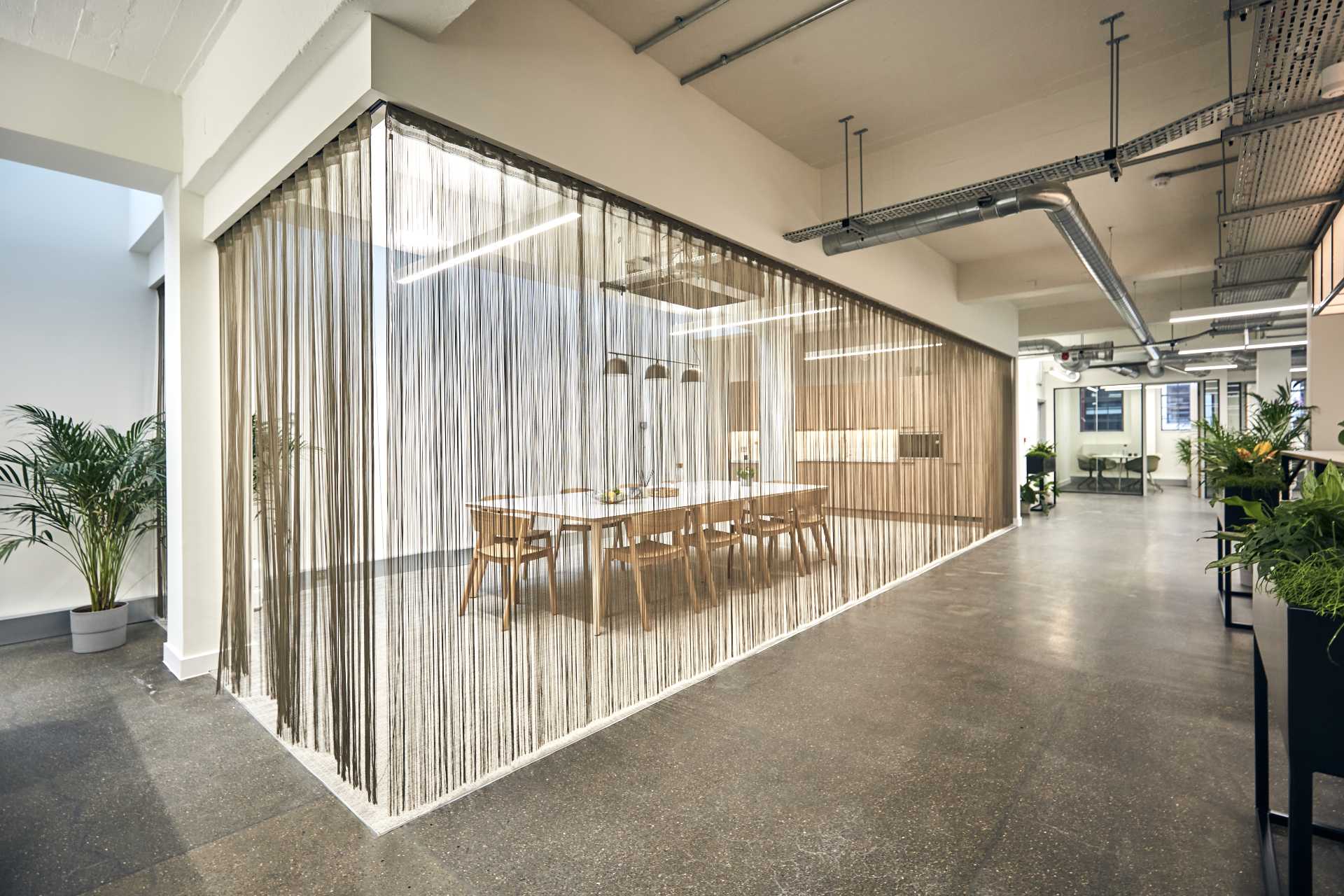
What should landlords invest in now to ensure buildings retain value?
Technology and touchless solutions will be vital going
forward.
We have already seen an increasing number of vacant offices as a result of the move towards remote working during the pandemic, and this trend is set to continue with a hybrid approach between home and office working styles. However, these businesses will all need something of a ‘home’ when the workforce starts to venture back into offices.
As mentioned earlier, technology and touchless solutions will be vital going forward, so landlords should consider implementing these features to stay competitive. It is also more important than ever that landlords understand the flexibility of their buildings and floorplates to make them both work harder, and be ready to divide them into different activity-based sections as tenants require. Landlords should also be open to shorter-term lettings, as although they create more of a headache with admin and management, the element of risk is reduced through regular rental returns.
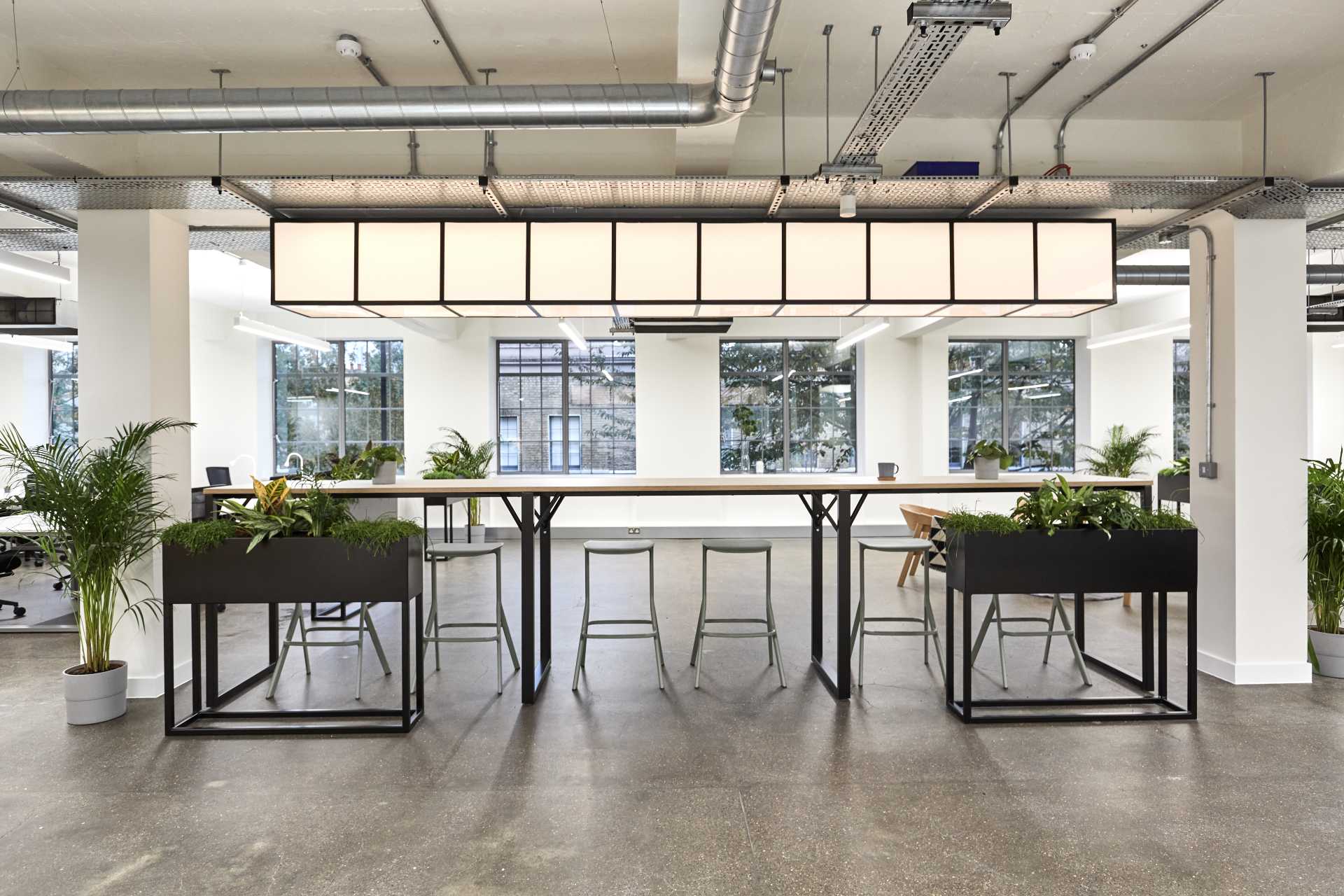
Peldon Rose is a workplace design and build company specialising in creating workplaces which elevate the lives of the people who use them while delivering real business value.Learn more about Peldon Rose.
Content Team
Work in Mind is a content platform designed to give a voice to thinkers, businesses, journalists and regulatory bodies in the field of healthy buildings.




